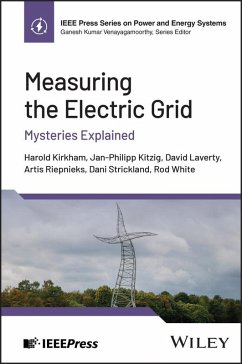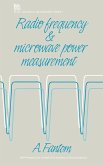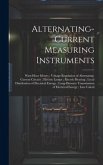Everything we know about the power system, whether for control, or planning, or billing, is the result of a measurement, so the measurements ought to be good. The authors of Measuring the Grid: Mysteries Explained pull no punches in showing how bad today's measurements are, and how to make them better. Misunderstandings about important power system quantities, especially reactive power, apparent power, and phasors, are pervasive. The first four chapters provide foundational information about measurement generally not taught to power engineers. Although power engineers expect their measurements to be "scientific", these chapters explain why some of the most critical power system measurements are distinctly non-scientific and not fit for purpose. In the next four chapters, the most important and most misunderstood measurements are scrutinized more closely. Particular attention is paid to reactive power and to the phasor measurement unit. Although the book discusses serious issues, a little light humor makes for easy reading. Additional topics discussed include: * Two fundamentally different kinds of measurement exist; most of the measurements in the power system are of the non-scientific variety * Power theories, such as those of Budeanu and Fryze, are shown to be inevitably wrong; measurement theory resolves the mysteries * The number of degrees of freedom of a system is an incisive tool for resolving key questions about the nature of measurements * Opportunities for further research * An introduction to the important topic of measurement uncertainty Measuring the Grid: Mysteries Explained fills a significant knowledge gap for all students in programs of study related to power systems. It is also valuable for practicing engineers working in the manufacturing and utility industries.
Hinweis: Dieser Artikel kann nur an eine deutsche Lieferadresse ausgeliefert werden.
Hinweis: Dieser Artikel kann nur an eine deutsche Lieferadresse ausgeliefert werden.








